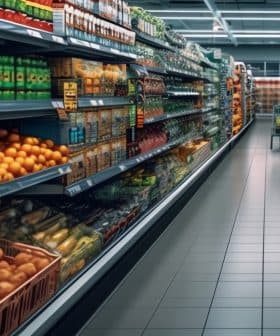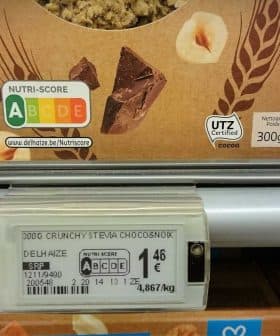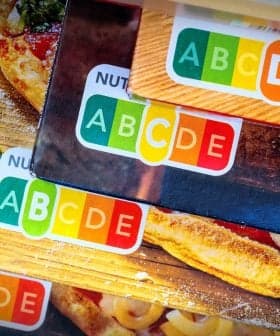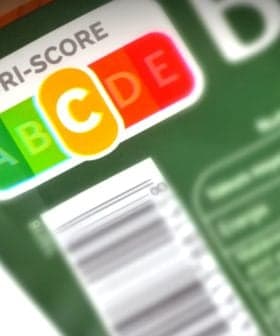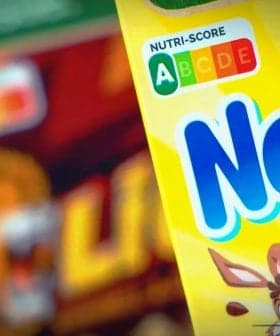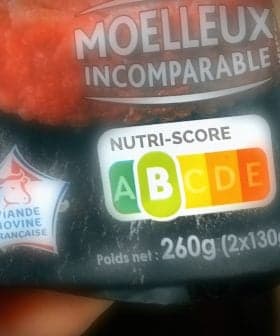Nestlé to Drop Nutri-Score Labels in Switzerland
Nestlé will gradually stop using the Nutri-Score labeling system on certain brands in Switzerland this summer, after being one of the first major companies to adopt it in 2019. The decision follows a trend of decreased support for Nutri-Score in Switzerland and other European countries, with some companies and supermarkets dropping the label due to limited benefits and implementation costs.
Nestlé said it will “gradually” abandon the Nutri-Score front-of-pack labeling system on some of its brands in Switzerland this summer.
After becoming one of the first major companies to adopt Nutri-Score in 2019, the Swiss multinational food and beverage producer is dropping the traffic-light style nutritional label on some confectionery and drink brands.
A Nestlé spokesperson said the company was removing Nutri-Score from products whose direct competitors were not using the label.
See Also:France Adopts Nutri-Score Labels“Support for this nutritional labelling has significantly decreased in the country, and today Nestlé’s local Swiss brands are often the only ones carrying Nutri-Score in the product categories they are present in,” a spokesperson told Just Food.
Instead, the company will print a QR code on the food packaging labels to provide additional information about ingredients and nutritional values.
Nutri-Score
Nutri-Score is a five-color-letter food rating system, with scores ranging from the Green‑A down to the Red‑E. The FOPL is designed to help consumers make healthier choices in the supermarket. The algorithm determines a food item’s score based on the macronutrient content per 100 grams or milliliters.
The announcement comes one month after Swiss supermarket chain Migros abandoned Nutri-Score, citing limited customer benefits despite the high implementation costs.
Previously, rival food manufacturer Danone announced it would drop Nutri-Score labels on many of its products after a change to the algorithm, which resulted in lower scores for several of its products.
Running counter to the trend, French supermarket chain Carrefour would require Nutri-Score labels from its suppliers and calculate its ratings for brands that do not comply.
The decisions of the supermarket chain and food manufacturers highlight a collective action problem facing Nutri-Score, exemplified by Nestlé’s statement that it still supported the labeling system and would leave it in place on some products in the Swiss market and other markets.
“This decision is specific to the Swiss market and does not affect Nestlé’s support for Nutri-Score in other European countries,” the spokesperson said. “Nestlé continues to support and implement Nutri-Score in other European countries where governments are favorable to this nutritional labelling.”
“The low adoption of Nutri-Score in Switzerland, combined with decreased political support, creates a situation where Nutri-Score can no longer effectively fulfil its primary role of enabling consumers to compare the nutritional value of products within the same category,” the spokesperson added.
Nutri-Score is applied voluntarily in nine European Union countries and Switzerland, but is widely opposed in seven other EU states.
The European Union prohibits member countries from unilaterally implementing a food labeling system. Instead, Nutri-Score had been widely rumored to be the front-runner for a European-wide food label until the commission announced it would delay its plans to adopt a single food labeling system in 2023.
Priorities have since changed in Brussels after the European election in 2024, with some de-emphasis on food labeling from the commission.
The loss of momentum comes despite support from scientists and public health groups who argue that Nutri-Score has “demonstrated its effectiveness.” However, other researchers question the reliability of some studies that have led to this conclusion.
While the Spanish government has recommended the use of Nutri-Score, the food labeling system is vociferously opposed in Italy and Greece.
The countries’ agricultural associations are concerned about the lower scores for traditional food products, including the ‘Light-green B’ for all grades of olive oil.
Olive oil producers argue that extra virgin olive oil should receive a ‘Green A,’ the highest score, due to its polyphenol content, which is not currently considered by the Nutri-Score algorithm.
However, Nutri-Score creator Serge Herberg told Olive Oil Times in a 2023 interview that olive oil could never receive a ‘Green A’ because of its fat content.
“I wonder, is it the economic sector that decides how to classify a product, or is it the scientists?” he questioned.




